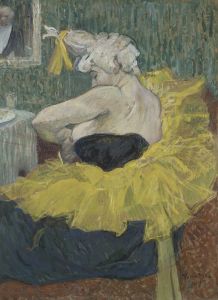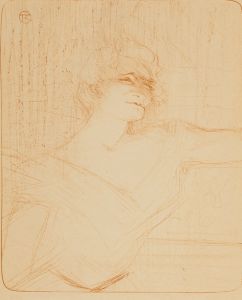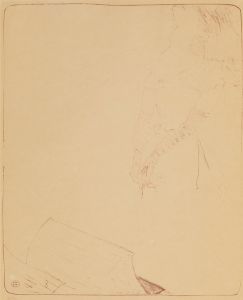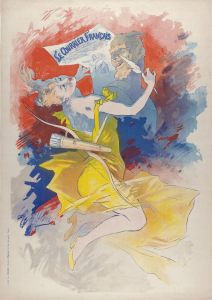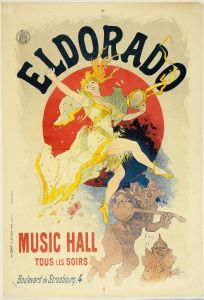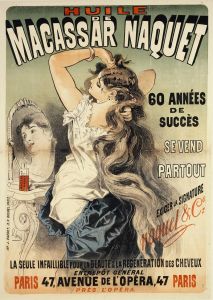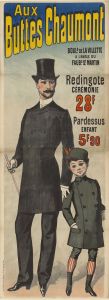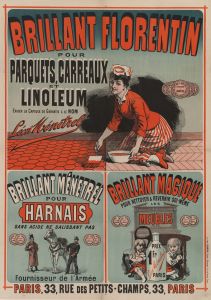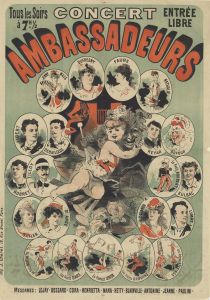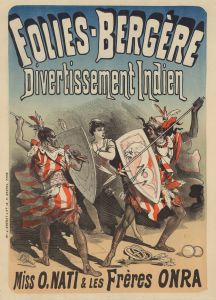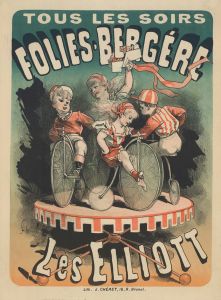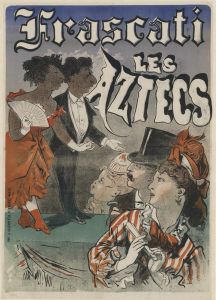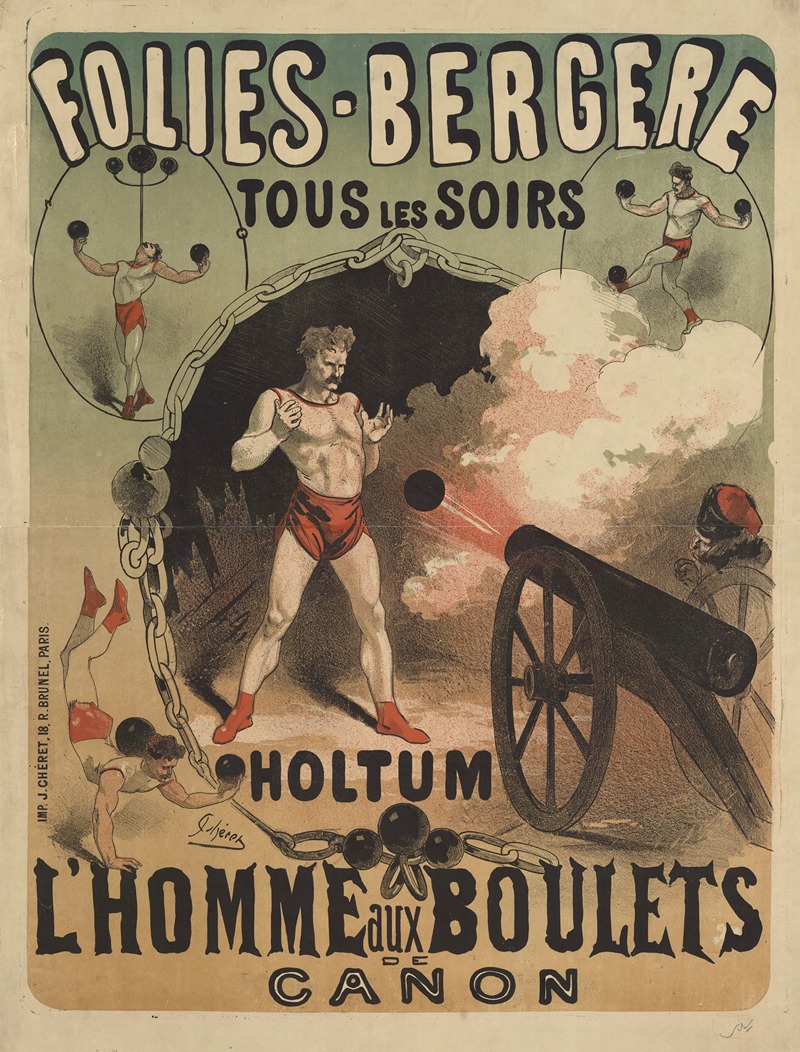
Folies Bergère tous les soirs Holtum l’homme aux boulets de canon
A hand-painted replica of Jules Chéret’s masterpiece Folies Bergère tous les soirs Holtum l’homme aux boulets de canon, meticulously crafted by professional artists to capture the true essence of the original. Each piece is created with museum-quality canvas and rare mineral pigments, carefully painted by experienced artists with delicate brushstrokes and rich, layered colors to perfectly recreate the texture of the original artwork. Unlike machine-printed reproductions, this hand-painted version brings the painting to life, infused with the artist’s emotions and skill in every stroke. Whether for personal collection or home decoration, it instantly elevates the artistic atmosphere of any space.
"Folies Bergère tous les soirs Holtum l’homme aux boulets de canon" is a poster created by the renowned French artist Jules Chéret in 1890. Jules Chéret, often referred to as the father of the modern poster, was a pivotal figure in the development of advertising art during the late 19th century. His work is characterized by its vibrant colors, dynamic compositions, and the innovative use of typography, which together helped to elevate the poster to a respected art form.
The poster in question was designed to promote performances at the Folies Bergère, a famous music hall in Paris that opened in 1869. The Folies Bergère was known for its variety shows, which included a mix of operettas, pantomimes, ballets, and circus acts. It became a symbol of the Belle Époque era, attracting both locals and tourists with its extravagant and often risqué performances.
The central figure of the poster is a performer named Holtum, who was known as "l’homme aux boulets de canon" or "the man with the cannonballs." Holtum was a strongman act, a popular form of entertainment at the time, where performers would demonstrate feats of strength and endurance. In this particular act, Holtum was famous for catching cannonballs fired at him, a dangerous and thrilling spectacle that captivated audiences.
Chéret’s poster captures the excitement and energy of Holtum’s act. The composition features Holtum in a dynamic pose, emphasizing his muscular physique and the dramatic nature of his performance. The background is filled with lively, swirling patterns and bright colors, which are characteristic of Chéret’s style and serve to draw the viewer’s eye to the central figure. The text on the poster is bold and prominent, ensuring that the information about the performance is easily readable.
Jules Chéret’s contribution to the world of advertising and poster art cannot be overstated. His innovative techniques and artistic vision helped to transform posters from mere announcements into works of art that were eagerly collected and displayed. Chéret’s work for the Folies Bergère, including the poster for Holtum, is a prime example of how he combined artistry with commercial appeal, creating images that were both beautiful and effective in promoting the events they advertised.
The poster "Folies Bergère tous les soirs Holtum l’homme aux boulets de canon" remains an important piece of art history, reflecting the cultural vibrancy of Paris during the Belle Époque and the evolution of advertising art. It is a testament to Chéret’s skill as an artist and his ability to capture the spirit of the times in his work. Today, Chéret’s posters are highly valued by collectors and are considered iconic representations of the era in which they were created.






